The Top 10 Emerging Technologies of 2024 report highlights the technologies set to positively impact society within the next three to five years.
Category: robotics/AI – Page 293
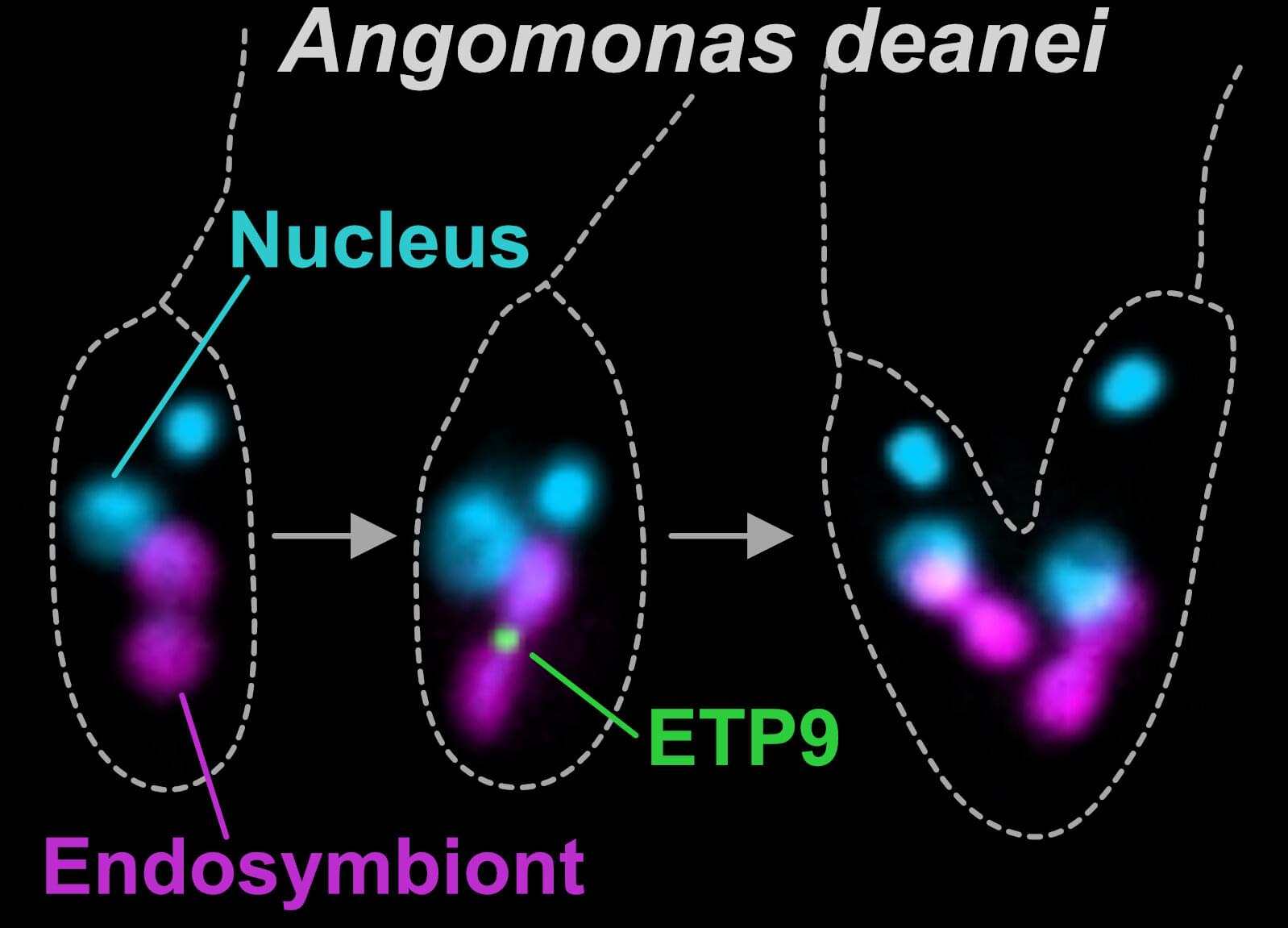
How an organelle evolves in symbiosis with a cell: Intermediate stage sheds light on the assimilation process
Organelles in cells were originally often independent cells, which were incorporated by host cells and lost their independence in the course of evolution. A team of biologists headed by Professor Dr. Eva Nowack at Heinrich Heine University Düsseldorf (HHU) are examining the way in which this assimilation process occurs and how quickly. They now describe their findings about an intermediate stage in this process in Science Advances.
Eukaryotic cells contain a large number of functional sub-units, so-called organelles. They perform important functions within the cell. Some organelles were independent, single-celled organisms at some point in the past. They were then taken up by a cell and have evolved over time in symbiosis with the host cell.
These “endosymbionts” lost their ability to function autonomously in the process. One well-known example of this type of organelle is the mitochondrion, which evolved from a bacterium.
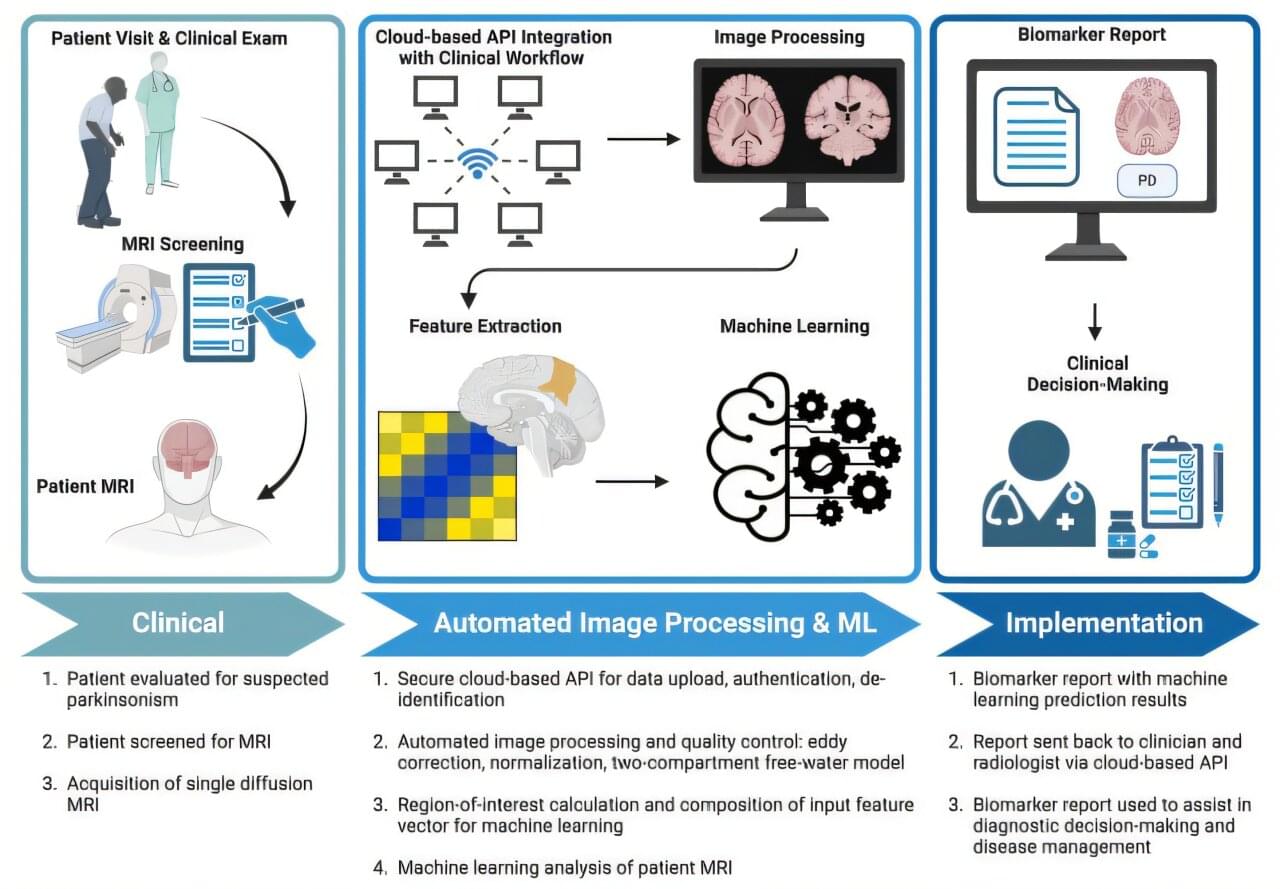
AI-driven software is 96% accurate at diagnosing Parkinson’s
Existing research indicates that the accuracy of a Parkinson’s disease diagnosis hovers between 55% and 78% in the first five years of assessment. That’s partly because Parkinson’s sibling movement disorders share similarities, sometimes making a definitive diagnosis initially difficult.
Although Parkinson’s disease is a well-recognized illness, the term can refer to a variety of conditions, ranging from idiopathic Parkinson’s, the most common type, to other movement disorders like multiple system atrophy, a Parkinsonian variant; and progressive supranuclear palsy. Each shares motor and nonmotor features, like changes in gait, but possesses a distinct pathology and prognosis.
Roughly one in four patients, or even one in two patients, is misdiagnosed.
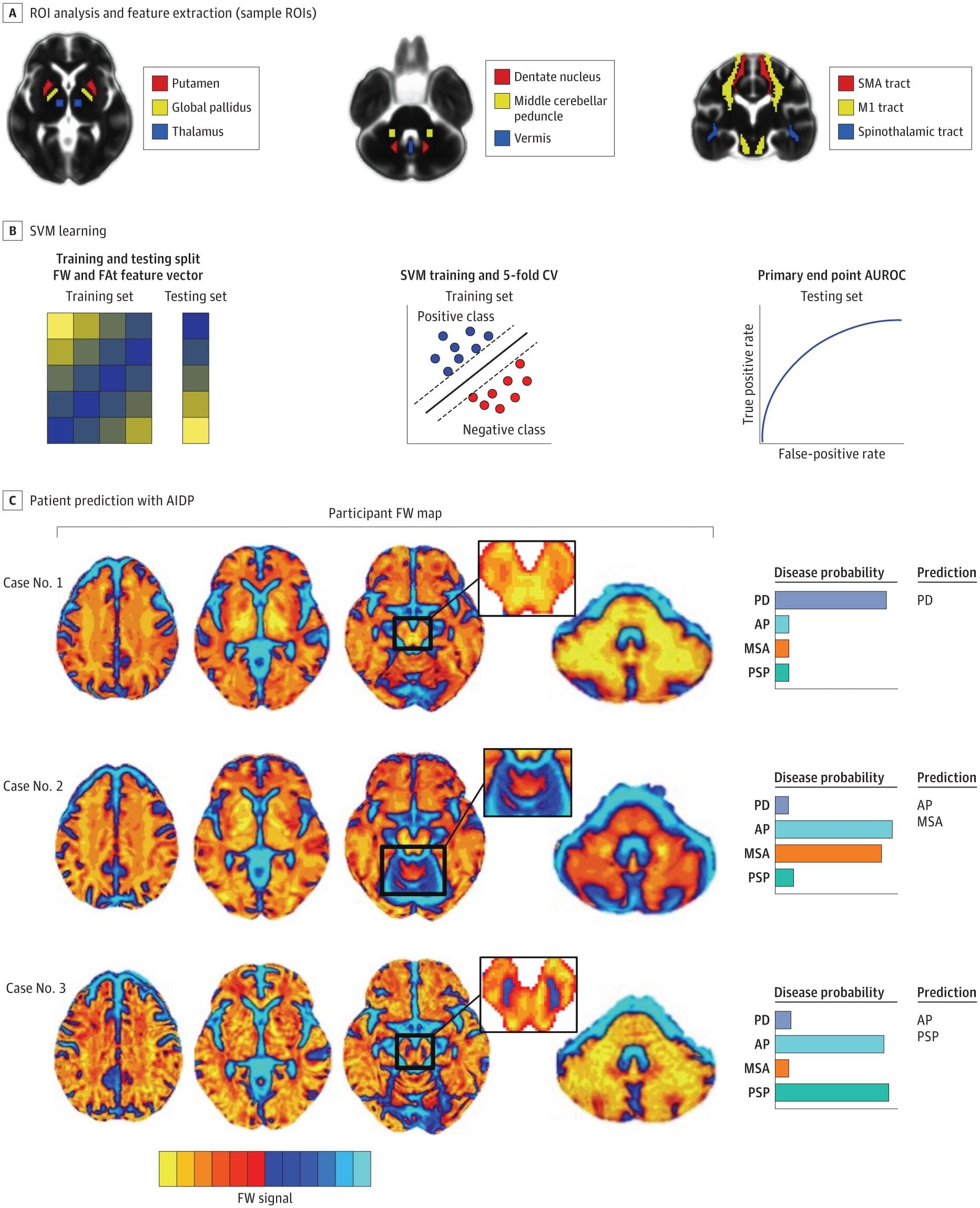
AI-driven MRI analysis improves accuracy in distinguishing Parkinsonian disorders
University of Florida researchers have led a multicenter study demonstrating that Automated Imaging Differentiation for Parkinsonism (AIDP), a machine-learning method using magnetic resonance imaging (MRI), accurately distinguishes Parkinson’s disease (PD) from atypical parkinsonian disorders. Findings suggest this approach could significantly improve diagnostic precision and clinical care.
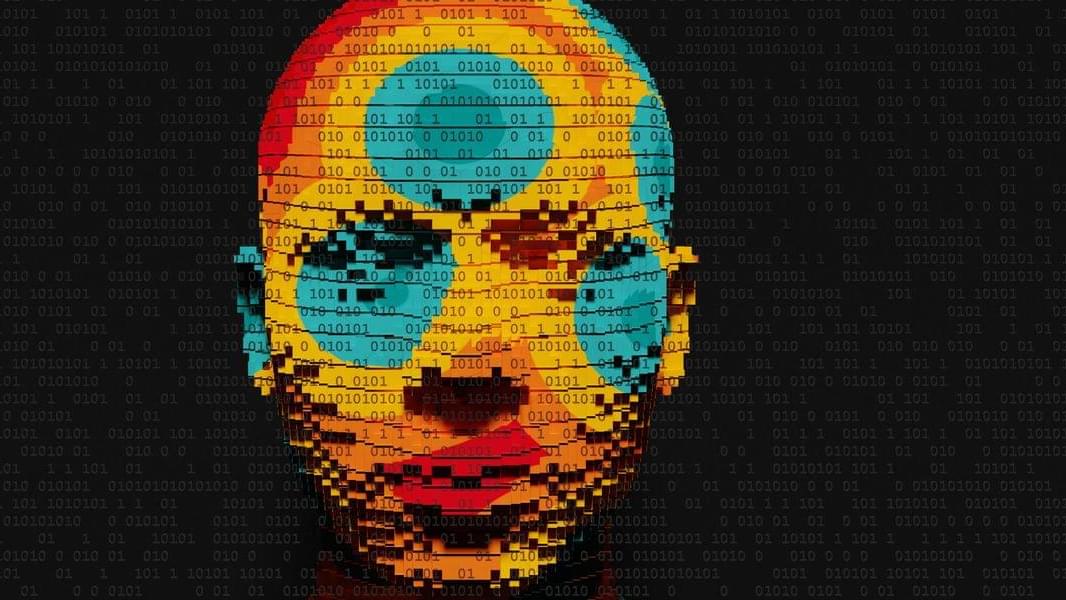
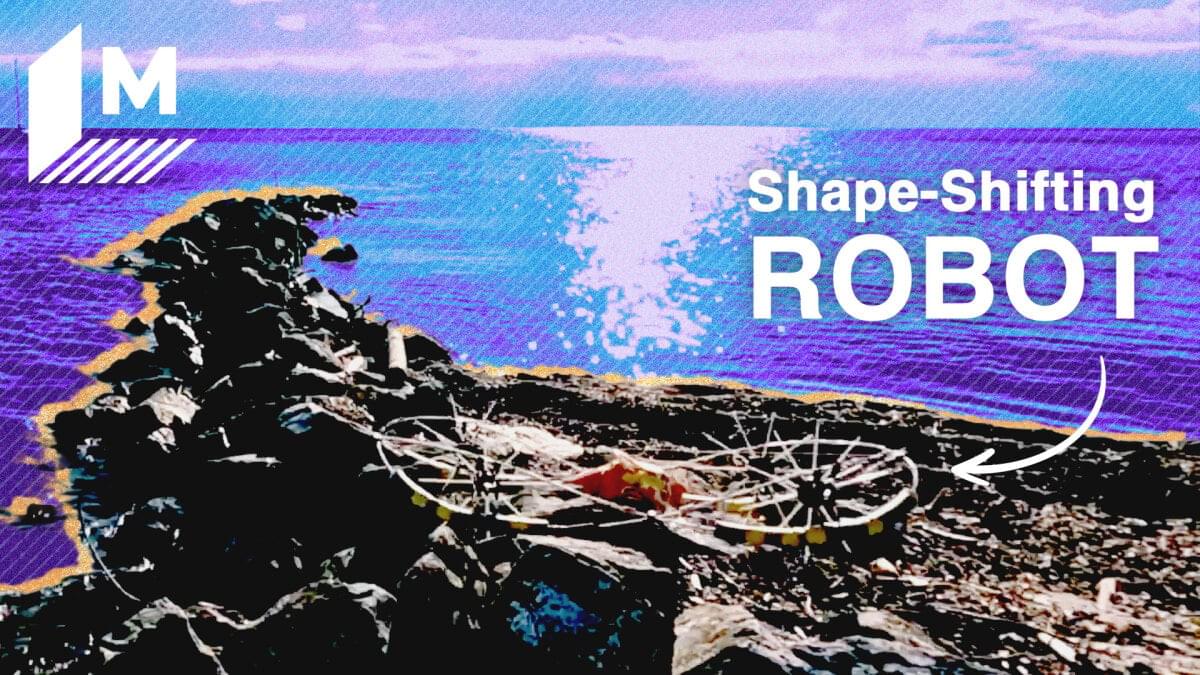
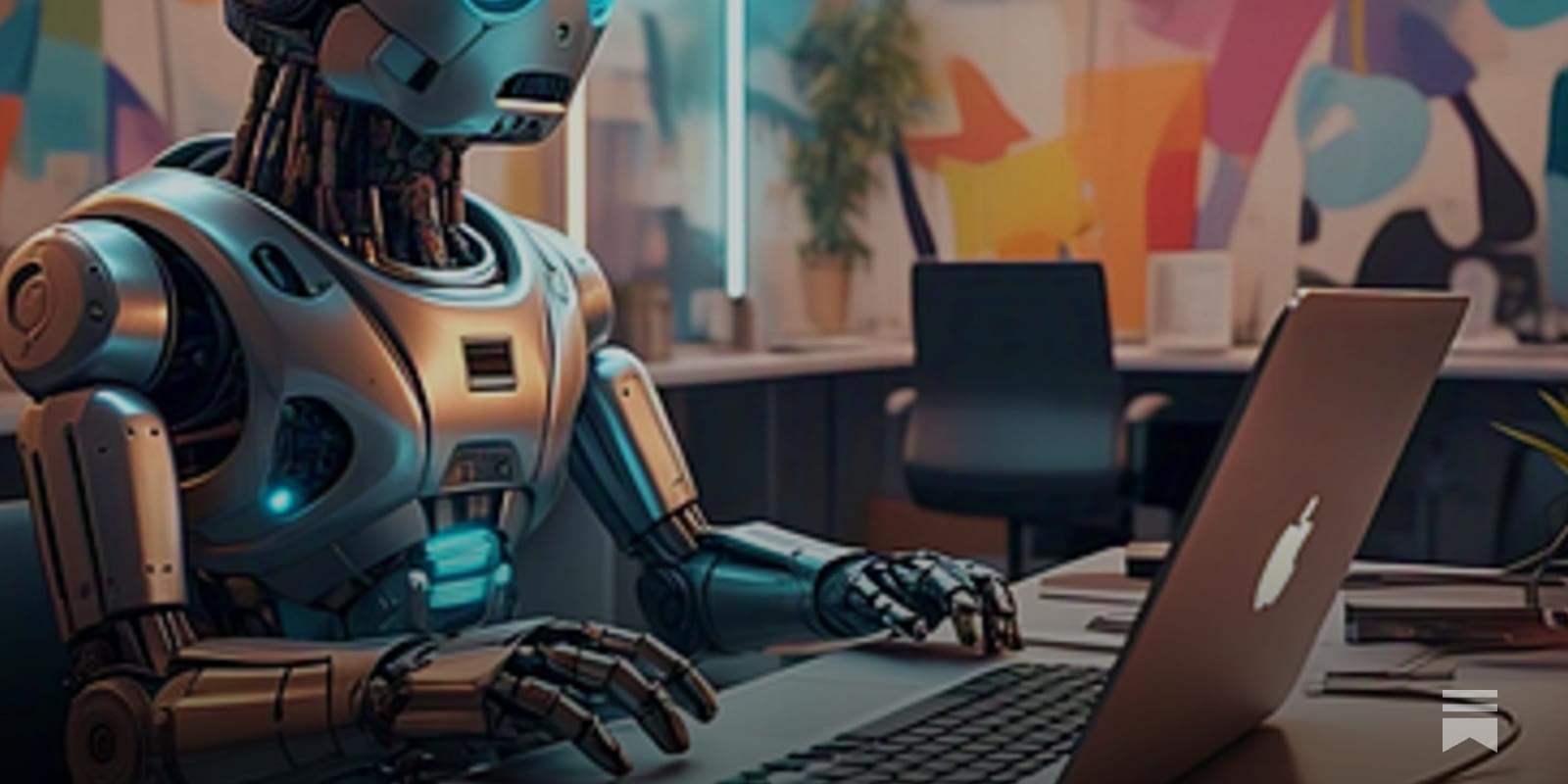
Palantir CEO says Japan should build AI defense targeting system with U.S.
DeepSeek is a ‘wake-up call’ that will spur American investment: Alex Karp
‘Dangerous proposition’: Top scientists warn of out-of-control AI
Yoshua Bengio and Max Tegmark, two of the world’s most prominent AI scientists, warned of the dangers of uncontrollable artificial intelligence.